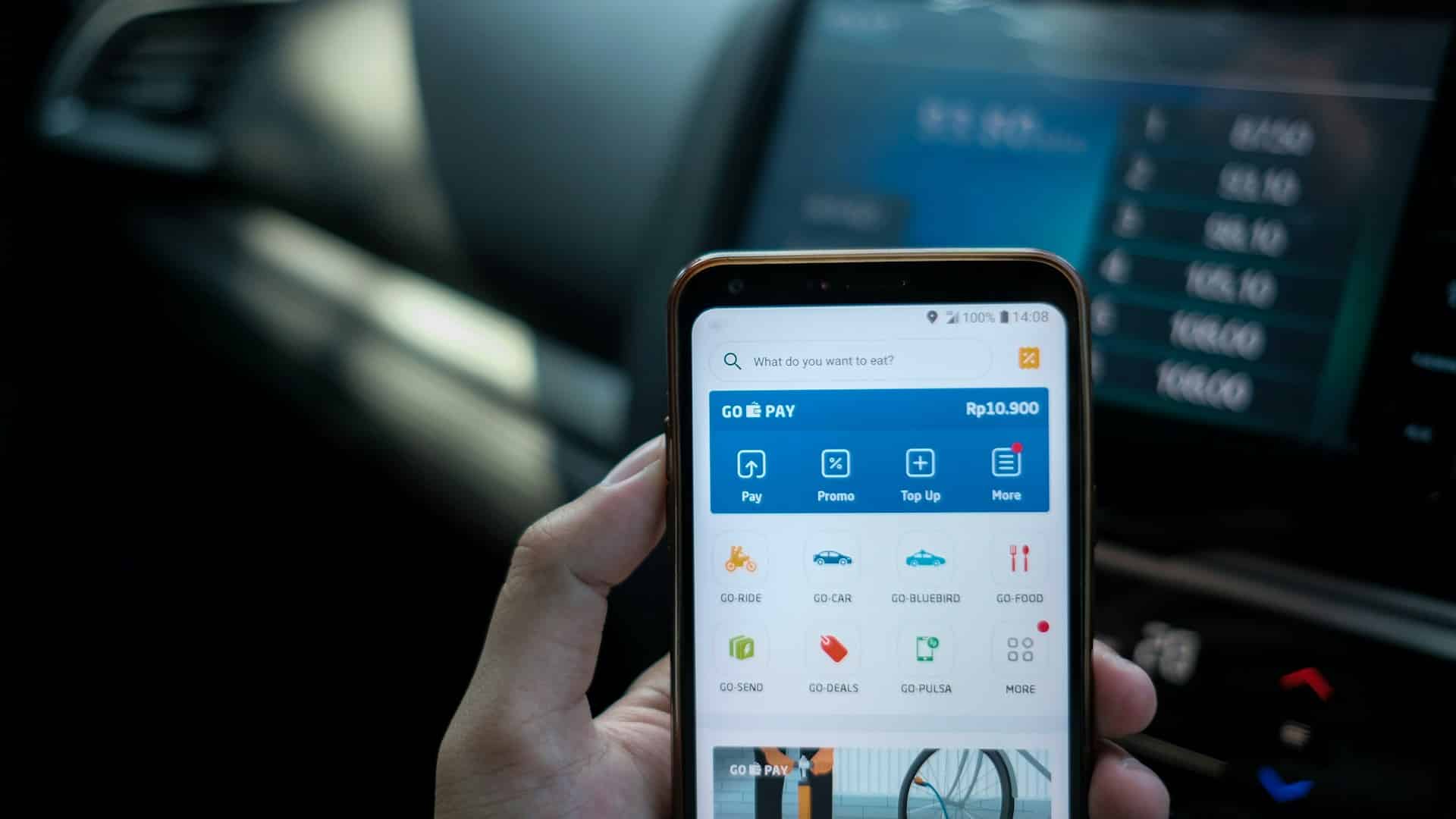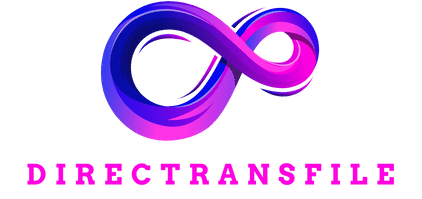
What Are the Best Strategies for Managing App Notifications to Increase Productivity?
In the digital age, managing your time and productivity can often seem like a daunting task. App notifications can be a double-edged sword, at times a helpful reminder, other times a disruptor of your focus at work. Hence, understanding the best strategies for managing your app notifications can significantly enhance your productivity. This article aims to guide you through these strategies.
Understanding the Impact of Notifications on Productivity
Before diving into strategies, it's essential to understand how notifications can affect productivity. The omnipresent ding of your phone can be a constant source of distraction, diverting your attention from the task at hand and fragmenting your focus.
According to a study conducted by the University of California, Irvine, it takes an average of 23 minutes to regain full focus after a distraction. If you take into account the number of notifications a typical user receives in a day, it's clear that this can have a significant impact on productivity.
Notifications aren't inherently bad. They can serve a crucial purpose in keeping you updated and reminding you of essential tasks. But it's all about finding the right balance. Too many notifications can be disruptive, while too few might leave you out of the loop.
Strategies for Effective Push Notification Management
Now, let's delve into some effective strategies you can use to manage your app notifications better, helping you maintain focus and increase productivity.
Prioritize your apps
The key to efficient notification management lies in understanding which apps are crucial for your work or personal life, and which ones aren't. A simple way to identify this is to categorize your apps into different groups such as work, personal, and leisure. Once you have a clear understanding of this, you can start customizing your notifications.
Customizing Notification Settings
Most apps offer customizable notification settings. You can choose to receive notifications for certain types of updates or events, while muting less important ones. For iOS users, this can be done in the Settings app under 'Notifications'. For Android users, you can find these settings under 'Apps & notifications' in the Settings app.
Utilizing Do Not Disturb (DND) Mode
DND mode is a powerful tool for controlling your notifications. You can schedule DND periods during the time you usually work and need to maintain focus. This will mute all notifications, ensuring you're not disturbed during these periods. Remember, you can always customize the DND settings to allow certain important notifications through.
Leveraging Tools for Better Notification Management
Beyond in-built settings, there are several tools and apps available today that can help with better notification management. Here are a couple you can consider.
RescueTime
RescueTime is a productivity tool that tracks your time spent on different apps, letting you understand where you're spending most of your time. It also allows you to set daily limits for certain apps, helping you manage your screen time better.
Offtime
Offtime is another excellent tool that helps you unplug and focus. It allows you to block distracting apps, incoming calls, and texts for a specific period. You can create different profiles for work, family, and personal time, allowing you to focus on what's important at different times of the day.
Incorporating Notifications into Team Management Strategies
If you're part of a team, it's essential to incorporate notification management strategies into your team's workflow. This can help increase not only your personal productivity but also the productivity of the entire team.
Consider implementing a team-wide 'quiet time' during which all team members are expected to mute notifications and focus on their tasks. This can be especially beneficial for teams working remotely, where digital communication is the primary mode of interaction.
Another effective strategy is to use team management tools like Slack, which allow you to set your status as 'busy' or 'away' to reduce interruptions. These apps also have customizable notification settings, which you can leverage to reduce notification overload.
Remember, the goal is not to create a notification-free environment but to cultivate a notification-smart one. By employing these strategies and tools, you can manage your app notifications effectively and improve your productivity significantly.
Remember, the key is to have a well-thought-out strategy for managing your notifications, rather than letting them manage you. After all, time is perhaps the most valuable resource we have, and it's crucial that we make the most of it.
Exploring the Role of Productivity Apps in Time Management
Over the years, the evolution of technology has provided us with a variety of productivity apps designed to help manage time more efficiently. From setting reminders to tracking work time and managing projects, these apps can work wonders in streamlining tasks and improving overall productivity. However, one of the significant challenges users face is the constant deluge of push notifications, which can disrupt focus and cause distraction.
Productivity apps, such as project management tools, time trackers, to-do list apps, and more, often come with push notification features. These notifications can serve as helpful reminders of upcoming deadlines, meetings, or tasks. However, they can also become a burden when overused, leading to notification overload and causing significant disruption to focus and productivity.
To efficiently utilize productivity apps, it's important to use them selectively and intentionally. This involves taking control of the notification settings and customizing them to fit your needs. For instance, turning notifications off for non-essential updates, or scheduling notifications only for specific times of the day, can go a long way in reducing distractions and helping you stay focused.
Social media apps, while not strictly productivity apps, also play a crucial role in time management. These apps often consume a great deal of our time, and managing their notifications can have a profound impact on productivity. Using focus mode, turning notifications off during work hours, or even limiting the time spent on these apps can help manage time more efficiently and increase productivity.
In conclusion, managing app notifications effectively is a key aspect of time management in the digital age. The strategies highlighted in this article, such as prioritizing apps, customizing notification settings, utilizing Do Not Disturb mode, and leveraging productivity tools, can significantly enhance your user experience and help mitigate the issue of notification overload.
Remember to incorporate these strategies not only into your personal workflow but also into your team's workflow if you're part of one. Implementing practices like scheduled 'quiet time' and using project management tools with customizable notification settings can reduce interruptions and enhance team productivity.
The final takeaway is this: managing notifications isn't about completely eliminating them, as they can serve important purposes. Rather, it's about gaining control over them and using them to your advantage. By consciously managing your notifications, you will be able to not only improve your productivity but also enhance your overall digital experience.
Remember, the best practices for managing notifications involve being proactive, intentional, and smart about your choices. After all, we are in control of technology, not the other way around. So, take charge, employ these strategies, and watch your productivity soar.
